Why Clorox Is Committed to Safe Water
 By Dawn Willoughby, Chief Operating Officer
By Dawn Willoughby, Chief Operating Officer
March 22 is World Water Day and a great opportunity to focus on one of the world’s greatest public health threats — contaminated water.
We at Clorox are in a unique position to help because we have a product — bleach — that’s a stunningly effective solution to this global problem.
One of the most visible ways we’re tackling the problem of unsafe water is through the Clorox Safe Water Project in Peru. This started in 2012 as a pilot program serving some 4,000 people in four rural communities.
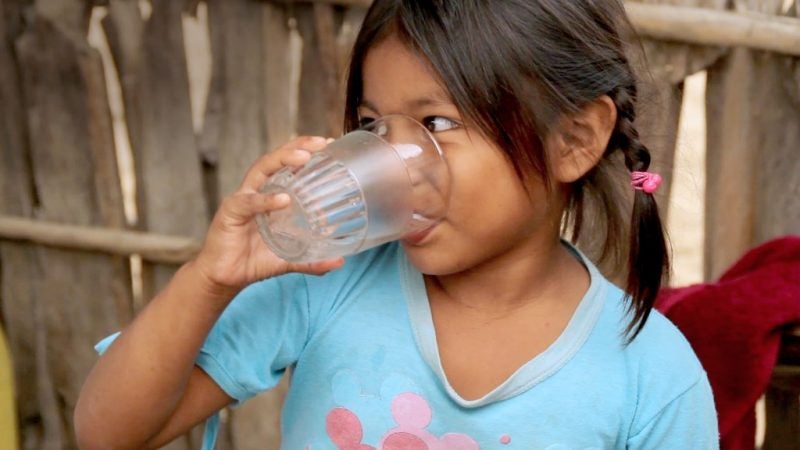
We wanted to show people in those villages how bleach could clean their water, and how clean water in turn could improve their lives so they could thrive.
In the five years since, we’ve expanded the Clorox Safe Water Project to 21 communities serving 25,000 people. Over 60 percent of homes in those communities now treat their water with bleach.
It’s fair to say the pilot’s been a success. And it’s just one way The Clorox Company is fulfilling its commitment as a signatory of the U.N. Global Compact to advance the U.N Sustainable Development Goals. Our Clorox Safe Water Project is helping to fulfill SDG 6, ensuring access to water and sanitation for all.
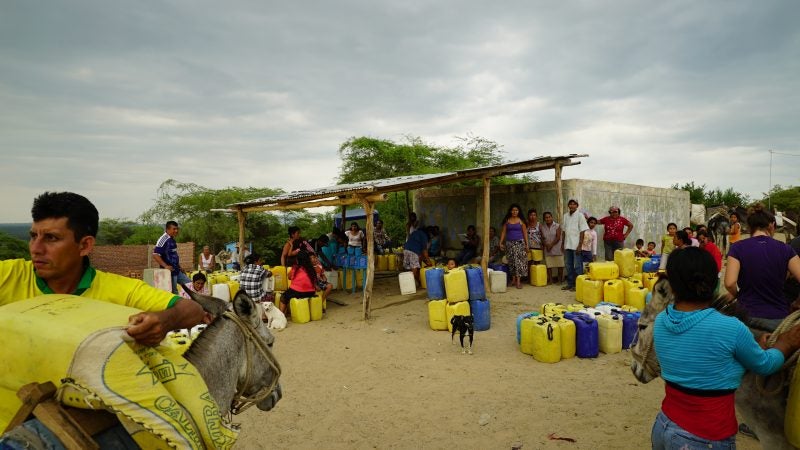
Take a virtual trip to Peru and experience the Clorox Safe Water Project for yourself by watching this 360-degree video created with RYOT.
Bleach saves lives
There’s a reason bleach is commonly used to safely treat municipal water around the world. It’s also one of the most requested items in the wake of a natural disaster.
Sodium hypochlorite, the main ingredient in Clorox® bleach, is one of the most effective disinfectants on Earth, killing over 99 percent of bacteria and viruses commonly found in untreated water, such as E. coli and cholera. In fact, bleach treats water more effectively than boiling does. Germs are easily re-introduced to boiled water, but bleach stands guard for 24 – 48 hours to kill the vast majority of the bad stuff that can infect a water supply.
So its very power is one of the good things bleach has going for it.
Bleach is also inexpensive. That means community-based bleach disinfection projects can be scaled with modest resources. Since most of the people who lack access to safe water live in the developing world or poor communities, providing a cheap remedy to the problem of unsafe water is especially valuable.
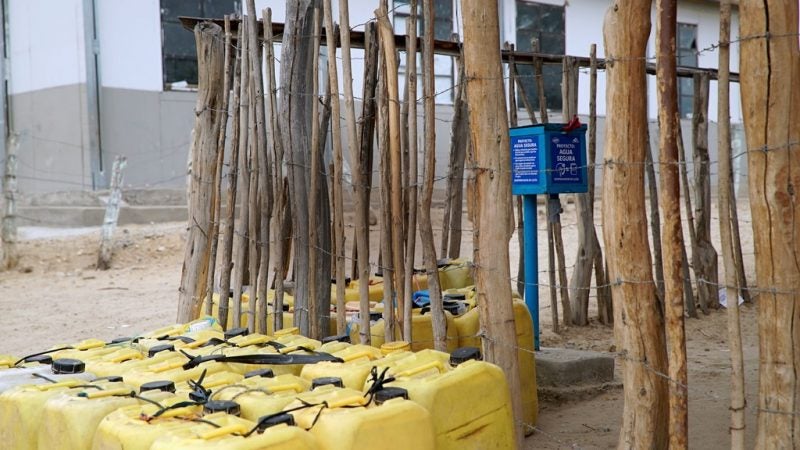
Why Clorox wants to help people thrive
Our mission at Clorox is to make everyday life better, every day. We also have a core value to do the right thing.
Either one of these is adequate reason to help people around the world access safe water.
But we have another thing driving us at The Clorox Company, and that’s the power of our namesake product.
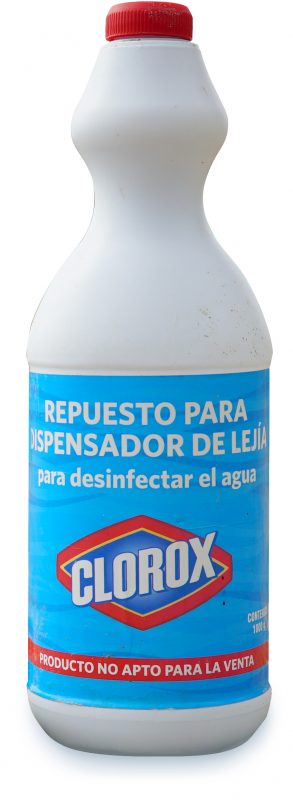
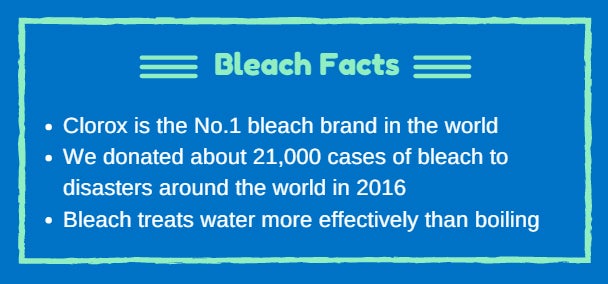
As the No. 1 bleach brand in the world, we know firsthand how bleach can improve lives.
And it’s not just about clean water. We believe that cleaning allows people to thrive, whether it’s disinfecting surfaces to prevent the spread of pathogens — regular use in homes or hospitals as well as following natural disasters such as floods or earthquakes — or transforming unpotable water into water that’s safe to drink.
Clorox believes that cleaning helps people achieve their greatest potential in life, and the Safe Water Project is a great example of that. It’s what our brand is all about.
While many Americans may take access to safe water for granted, it is not just a developing-world problem. Plenty of people in the U.S. do not have safe water, and the effects of that are profound.
On this World Water Day, I hope this can serve as a reminder of the importance that everyone be more engaged on this important issue. Let’s dedicate ourselves to working toward safe water solutions both in the U.S. and around the world.
At Clorox, helping people thrive is part of our past, our present and our future.
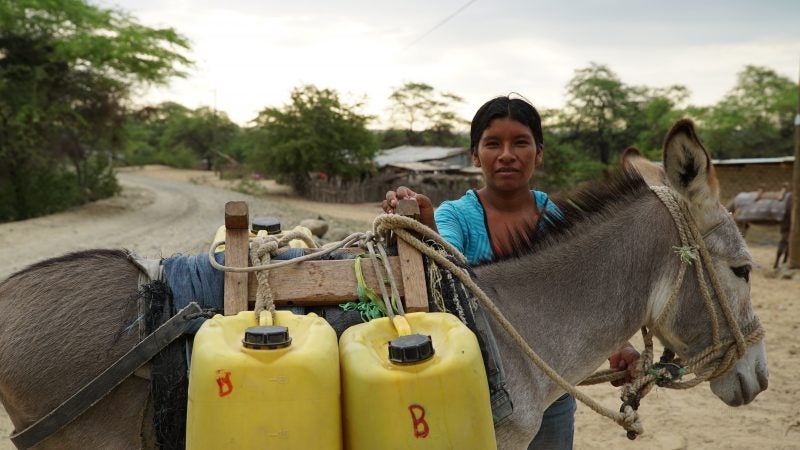
World Water Day is an annual event celebrated on March 22. The day focuses attention on the importance of fresh water and advocates for the sustainable management of freshwater resources.
World Water Day is also used to highlight required improvements for access to WASH (water, sanitation, hygiene) facilities in developing countries.





